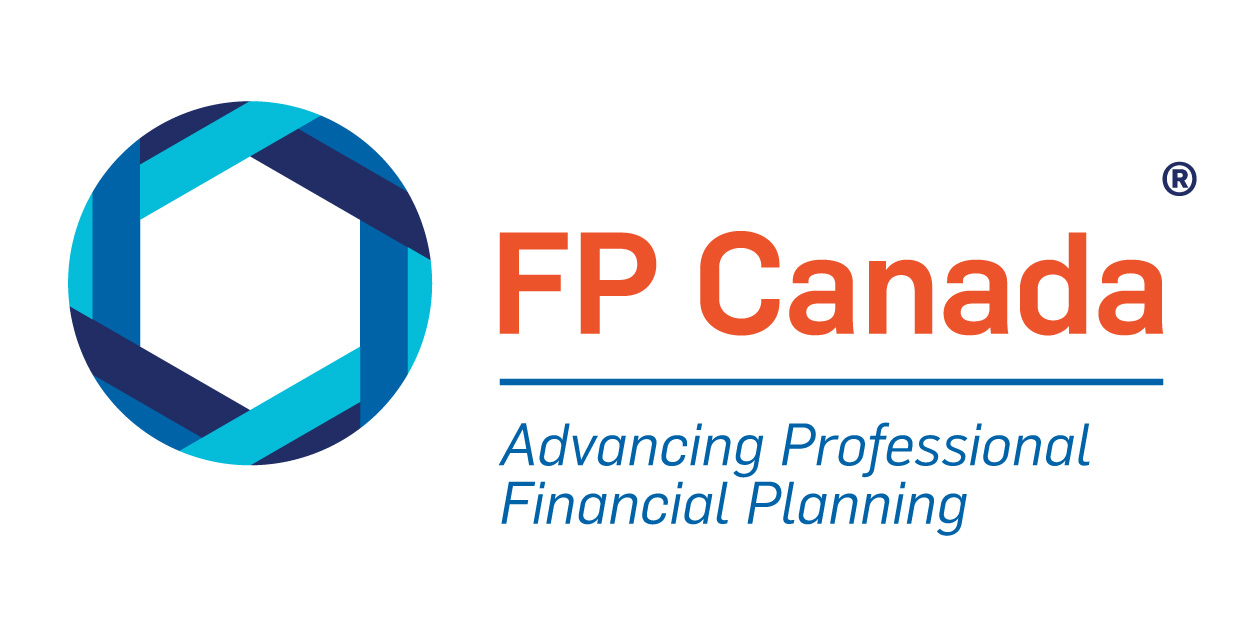When you hear the term insurance, you may think about protecting valuable possessions such as your home, a vehicle, or jewelry. But often, the most important thing to insure isn’t something you own. It’s you.
A health crisis, disability, or premature death can have serious financial consequences. Having a plan to manage these risks is a key part of any well‑rounded financial plan.
How Insurance Works
Insurance protects you from financial loss when life takes an unexpected turn. You pay a regular premium (the amount you pay to maintain your policy) to an insurance company, and in return, they agree to provide a financial benefit if a specific event occurs. That event could be an illness, injury, or even death, depending on the type of coverage you have.
This works because risk is shared across a large group of people. By spreading risk widely, each person can trade a small, predictable cost for protection against a potentially devastating expense.
Here are the main types of personal insurance:
- Life Insurance
Life insurance pays a tax-free lump sum to your beneficiaries if you pass away. There are two main types: - Term life insurance covers you for a set period, often 10 or 20 years. It's the most affordable option and is designed to cover temporary needs, such as paying off a mortgage or replacing income while you have dependents.
- Permanent life insurance provides lifelong coverage and includes an investment component. It may be used for estate planning or leaving a legacy.
- Disability Insurance
Disability insurance replaces a portion of your income if you’re unable to work due to illness or injury. This coverage is important during your working years, when your ability to earn an income is often your most valuable asset. - Critical Illness Insurance
Critical illness insurance provides a lump sum if you’re diagnosed with a serious illness such as cancer and meet the survival period outlined in the policy. It reduces the pressure on your finances so you can focus on recovery. - Long-Term Care Insurance
Long-term care insurance provides a daily or monthly benefit if you need help with basic activities like bathing or eating. It’s often most relevant later in life and helps reduce the financial and emotional burden on family members.
- Travel Medical Insurance
Travel medical insurance covers emergency medical care while you're outside Canada. Provincial health coverage provides limited reimbursement for care received outside of the country, and medical bills in other countries, such as the US, can be very high.
- Health and Dental Insurance
This type of insurance covers everyday medical expenses not included in provincial plans, such as prescriptions, dental work, or paramedical services.
Understanding Insurance Rates
Many Canadians have some level of insurance coverage offered as part of an employee benefits package. This is called group coverage and participation is often automatic with some components being mandatory.
Because the insurer is covering a large group of people with a wide range of health and risk profiles, individual medical history is less of a factor. Some employees will be low risk, others higher, but it tends to balance out. This allows the insurer to base rates on a medium level of risk without requiring detailed medical underwriting. (Underwriting is the process through which insurers evaluate your medical history to determine eligibility).
Private coverage works differently. When you apply for an individual policy, the insurer looks closely at your personal situation to assess the likelihood of a claim. That risk assessment is what drives your premium. Here are some of the factors they may consider:
- Health & Lifestyle
Blood pressure, BMI, family history, smoking status, and even hazardous hobbies impact your assumed risk. - Age
Older individuals are statistically more likely to have higher health risks. - Duration of Coverage
The risk associated with a policy increases disproportionately with the duration of coverage. This is because your average age (over the coverage period) is also increasing, in addition to the length of the period that you’re being covered. - Occupation
This is a key factor for disability insurance as the chances of an injury or illness can vary significantly by occupation. Jobs involving manual labor or hazardous environments are generally considered higher risk. - Gender
Statistically, women are more likely to live longer than men, and more likely to experience a disability. Accordingly, women paying slightly lower life insurance premiums and slightly higher disability insurance premiums.
Helpful Tips for Choosing Insurance
Here are a few tips for choosing the right insurance:
- Start with a needs analysis
Consider your regular living expenses, debts, family responsibilities, and long-term goals. What would happen if your income were reduced or stopped, or if a major health event created unexpected costs? Understanding the financial gaps helps determine where you’re at risk. - Focus on what matters most
You need to strike a balance between protection and affordability. This may mean differentiating between coverage that’s nice to have and coverage you really need. - Compare policies carefully
Compare options across providers—and remember that the details in the fine print are just as important as the premiums. - Review your coverage regularly
Your insurance needs will change. Marriage, kids, a new home, or a job change can all impact your needs.
The right Certified Financial Planner® professional or Qualified Associate Financial Planner™ professional can help you understand the role insurance should play in your overall financial picture. A planner who’s licensed to sell insurance can also assist you in identifying gaps, explain trade-offs, and help you choose coverage that fits your needs.
To find a CFP® professional or QAFP® professional who can help you assess your insurance needs, use the Find Your Planner tool.
Nick Hearne, CFP, is a financial advisor and portfolio manager at RGF Integrated Wealth Management in Vancouver BC.

 Find Your Financial Planner
Find Your Financial Planner



